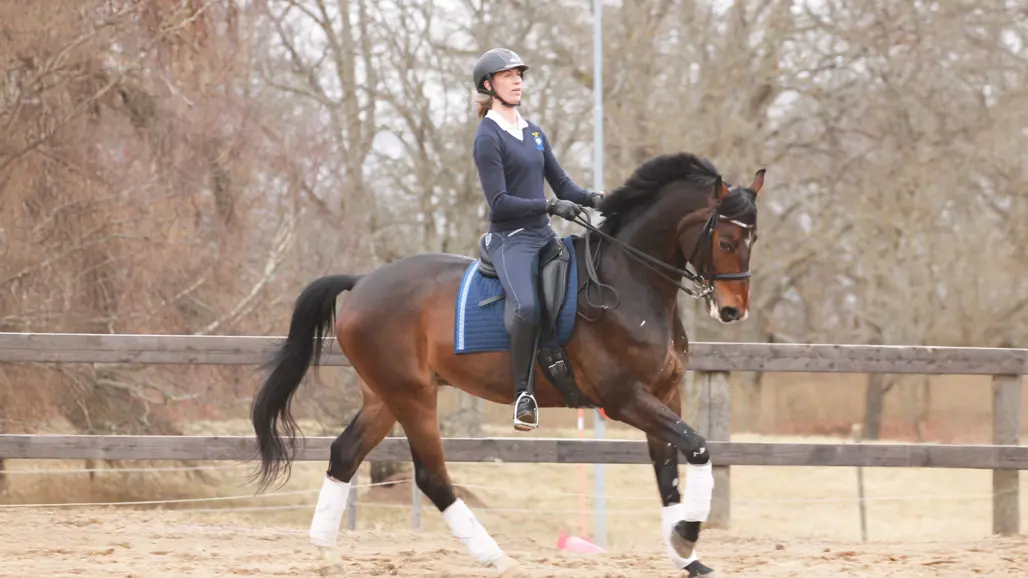
What in the dressage horse's and rider's movement pattern affects the judge's scoring?
There is currently very little objective data on performance in relation to scoring in the sport of dressage. Therefore, in an international collaboration, researchers have analyzed the movement patterns of horses and riders, and investigated whether there are links to judges' scoring.
Dressage is an Olympic sport where horses and riders are judged on how correctly they perform a dressage program. The judging is subjective and sometimes teams are judged very differently between judges. There is very little objective data on performance in relation to scoring and researchers at the Swedish University of Agricultural Sciences have therefore in an international collaboration analyzed the movement patterns of horses and riders, and investigated whether there are links to the judges' scoring.
Twenty dressage teams were filmed performing a dressage program. Twelve of the riders and nine of the horses competed at Grand Prix level. Horses and riders were fitted with sensors that measured the movement of different body parts. Footage of walk, trot, canter and transitions between collected and increased trot was selected. Sixteen highly trained dressage judges participated in the study, with 2-3 judges assessing each individual movie sequence. The assessment was then compared with the movement data from the sensors.
The results showed that the horse's gait score was most influenced by the horse's stride frequency, with a slower stride frequency being associated with higher scores. The judges' overall scores for the horse's form, the efficiency of the assistance and the harmony between rider and horse were linked to the symmetry of the rider's movement of the trunk, with a more symmetrical movement giving higher scores.
This is a first step towards objectively analyzing dressage movement and its link to judges' assessment. When we understand in more detail the complex interaction between the horse's and rider's movement patterns, we can use the knowledge in the education of horses, riders and judges in the sport of dressage.
Link to the publication
https://doi.org/10.3390/ani13152496
Reference
Hobbs, S.J.; Serra Braganca, F.M.; Rhodin, M.; Hernlund, E.; Peterson, M.; Clayton, H.M. Evaluating Overall Performance in High-Level Dressage Horse–Rider Combinations by Comparing Measurements from Inertial Sensors with General Impression Scores Awarded by Judges. Animals 2023, 13, 2496.
Contact
-
Person